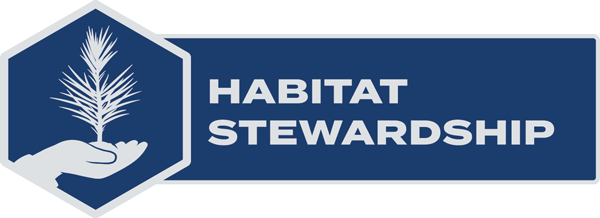
Habitat consists of food, water, security (cover) and space – the basic essentials required for life to exist. Quality habitat is imperative to sustain healthy elk herds across North America’s elk country.
RMEF’s Habitat Stewardship program improves elk habitat by supporting a wide array of projects designed to defeat ongoing threats to quality habitat for elk and other wildlife.
Use the links below to learn more about how RMEF's Restores Elk Country through the Habitat Stewardship program
Why Habitat Stewardship is critical
How RMEF gets work done
Where RMEF performs habitat stewardship
How you can help
Why is Habitat Stewardship a key part of RMEF's mission?
A lack of active forest management, fire suppression, invasive species and disease are some of the most significant threats to quality habitat in elk country.
RMEF’s habitat stewardship work directly benefits a wide range of wildlife beyond elk including deer, bears, moose, pronghorn antelope, bighorn sheep, smaller mammals, raptors and songbirds, insects, trees and native vegetation as well as many types of fish and other riparian species.
Pre-Habitat Restoration
How RMEF Restores Elk Country
Working with state and federal agencies, private landowners and other partners, RMEF is combating these threats and delivering impactful on the ground conservation work.
Habitat stewardship tools include
- Prescribed Burns
- Forest Thinning
- Noxious Weed Control
- Aspen, Sagebrush-Steppe and Meadow Restoration
- Wildlife Water Developments
- And more

Stewardship projects by Treatment 2015-2020
RMEF works with a variety of stakeholders in every project that includes state and federal wildlife agencies, other conservation groups, and dedicated volunteers and members.
Projects are often brought to RMEF's attention through local land managers before being vetted through RMEF's PAC program to ensure that donor and member funding is being put to the most fiscally-responsible use.
All habitat stewardship grants and projects are closely monitored, with detailed project recaps required, to ensure that ever possible dollar is spent appropriately - ensuring the most effective use of conservation funding.
BLACK HILLS NATIONAL FOREST HARDY PIPELINE – RESTORING ELK COUNTRY
Water is the lifeblood of healthy wildlife populations. In some arid locations, such as where western South Dakota meets northeast Wyoming, finding life-sustaining water for elk, mule deer, wild turkey and other wildlife can be a major challenge. So the Rocky Mountain Elk Foundation and its volunteers joined forces with the U.S. Forest Service, Wyoming Game and Fish Department, South Dakota Game, Fish and Parks, and other partners to carry out the Hardy Cooperative Water Pipeline Project on the Black Hills National Forest. Beginning in 2019, crews focused on the South Dakota side of the forest by installing a solar system and spring box to collect water. They laid the first three miles of pipeline and bored it under Highway 85 near the South Dakota-Wyoming border, while also erecting four stock tanks and two storage tanks. Work continued through 2022 with the installation of six more miles of pipeline into Wyoming, six additional stock tanks, one storage tank, three wildlife water guzzlers, and another new water source. The now-completed $250,000 project supplies a dependable year-round water source in multiple locations across two grazing allotments in two states. That means better forage for elk, mule deer, and other wildlife, improved wildlife distribution and livestock management, and encouragement for wildlife to remain on public land, thus improving hunting opportunities. Since 1984 – RMEF has completed more than 13,000 projects that have conserved or enhanced more than 8.7 million acres of habitat.
Post-Habitat Restoration
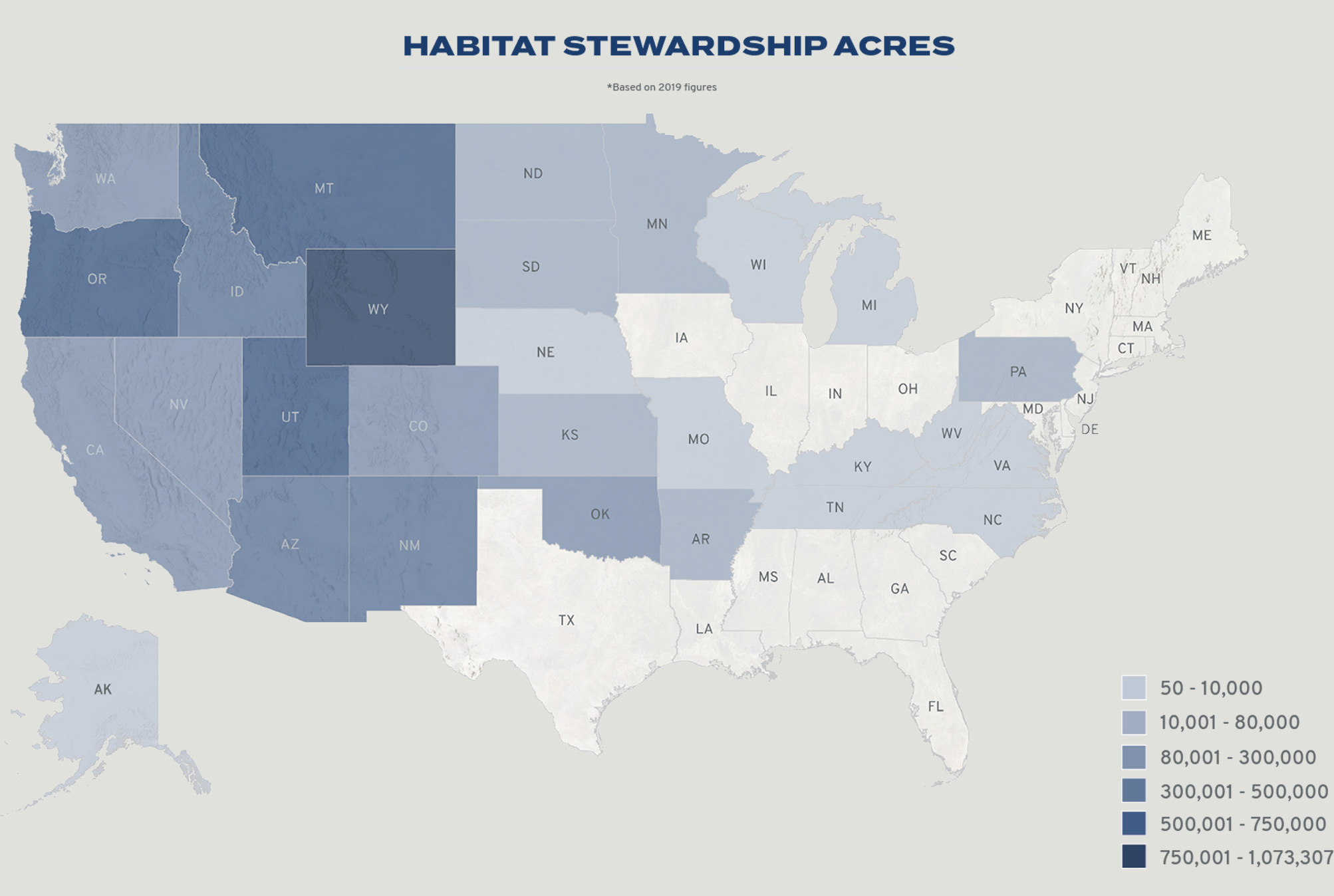
Recent Accomplishments
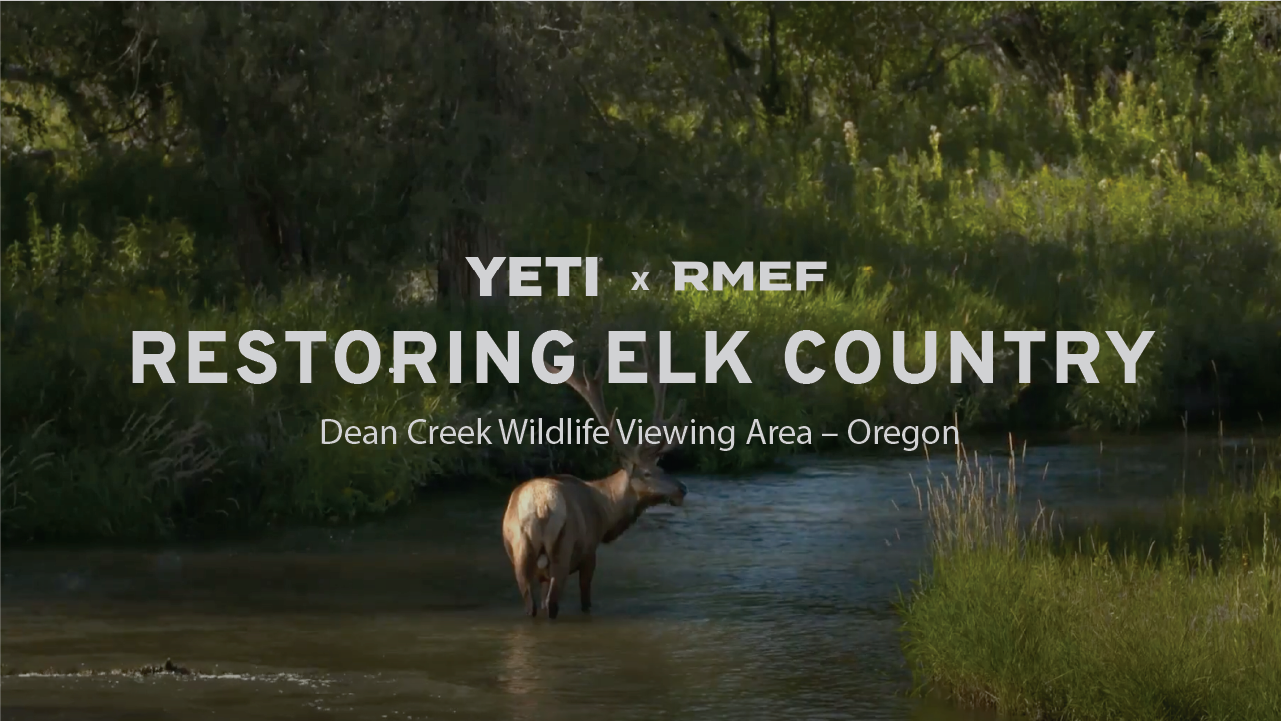
Dean Creek Wildlife Viewing Area, Oregon
Hosting 480,000 visitors annually, it is home to a resident herd of 120 Roosevelt elk as well as a wide array of other wildlife. While popular for birds and bird watchers, since it serves as a stop along the coastal migration route, elk are the main draw.
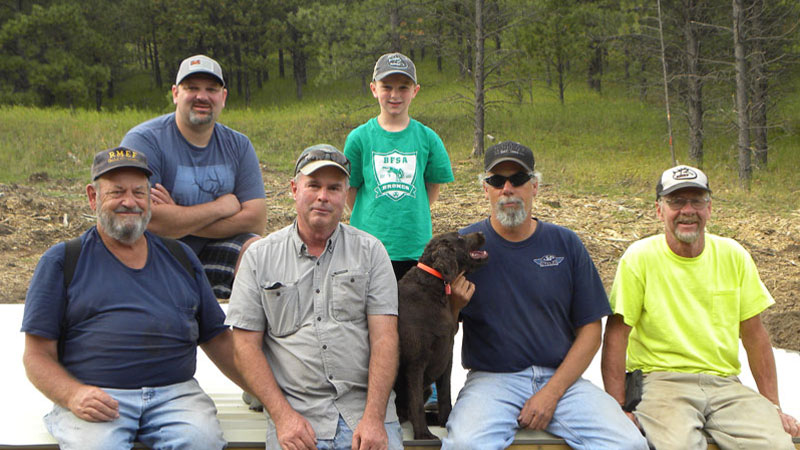
Wildlife Guzzlers Partnership, South Dakota
While RMEF volunteers assist with wildlife water guzzler projects in other regions, the Northern Hills Ranger District on the Black Hills National Forest is the epicenter for an impressive and productive partnership that now spans more than a decade. RMEF provides support for both grant funding to purchase materials and supplies, and volunteers to carry out the manpower in collaboration with the U.S. Forest Service. The goal is to get upwards of 50 guzzlers scattered across the district up to shape and back into operation, and to continue to monitor each site into the future.
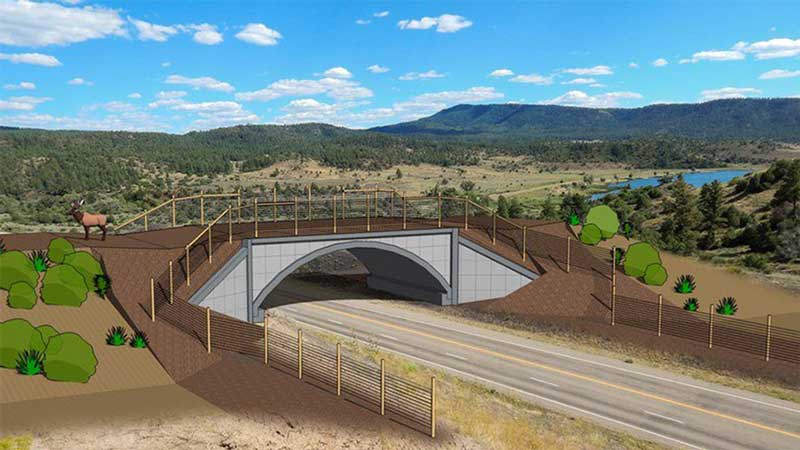
Colorado Wildlife Crossing on US Highway 160
This project spans nearly two miles in a critical migratory corridor for both mule deer and elk between Durango and Pagosa Springs. Because this area sees an abundance of big game, wildlife-vehicle collisions make up more than 60 percent of crashes at this location. This multi‑partner project is expected to reduce those collisions by at least 80 percent.
How you can help do more
Join or Donate Today
When you join or donate to RMEF, you provide critical funding to ensure that RMEF can continue to be good stewards of the land long into the future.
Volunteer
RMEF volunteers play an important role in improving habitat for elk and other wildlife as hundreds commit annually to remove hazardous fencing, install wildlife water sources, plant native seeds and saplings, and carry out other habitat enhancement work.
New volunteer opportunities arise regularly. When you submit your information below, it goes straight to local representatives in your area who will contact you about opportunities that may be available.
